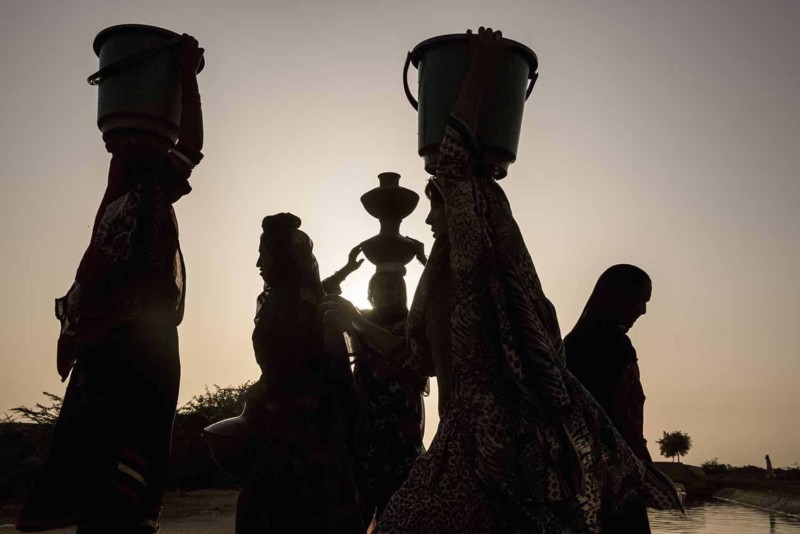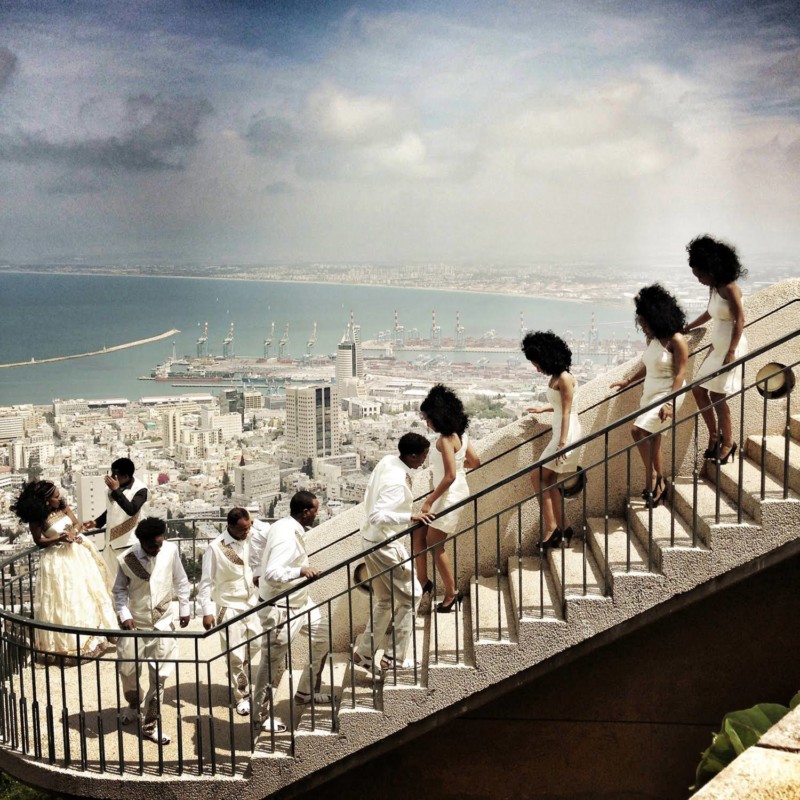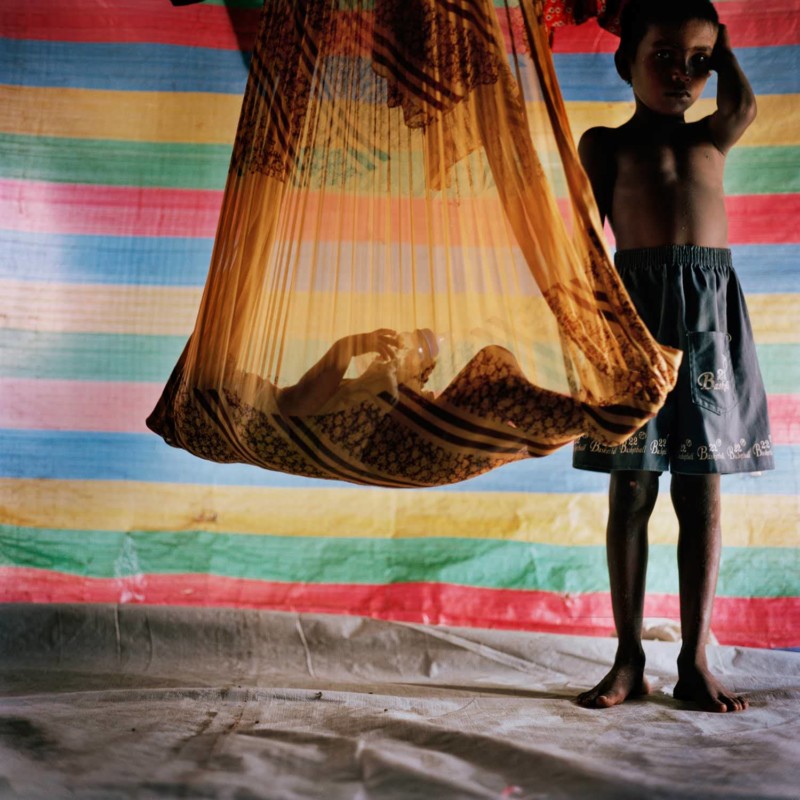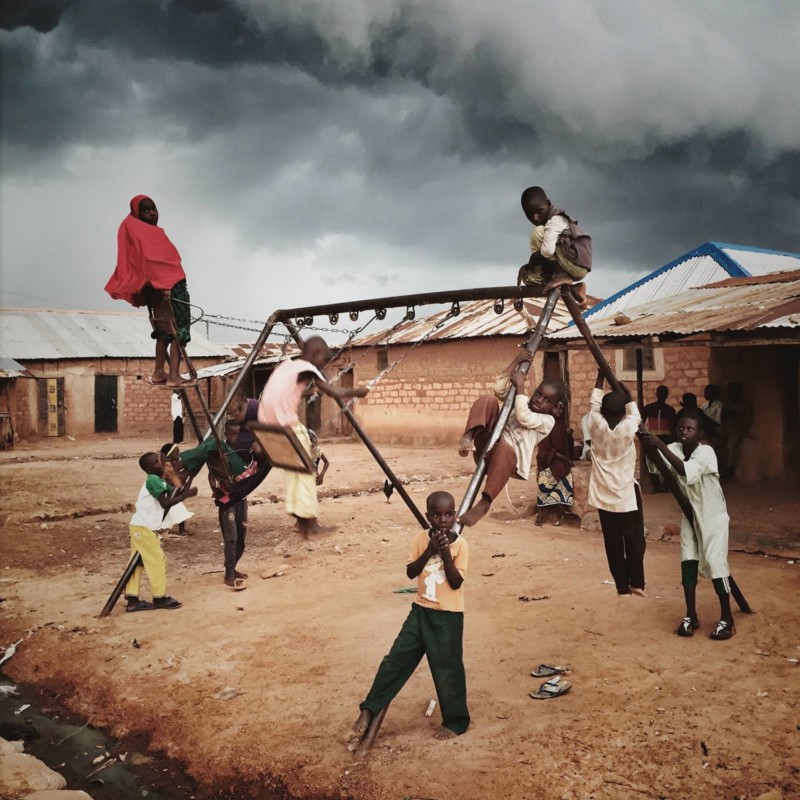How One Photographer is Shedding Light on the Refugee Crisis
![]()
There’s a staggering fact on photographer Malin Fezehai’s website: “The number of people forced to flee their homes across the world has exceeded 50 million for the first time since the second World War.”
Today, some of her clients include TIME, The New York Times, The New Yorker, Fader Magazine, Nike, The Malala Foundation, and WaterAid.
We caught up with Malin to learn why she dedicates herself to this work and some of her most challenging moments along the way.

What initially compelled you to document displaced communities? What message are you trying to send?
Malin Fezehai: We live in a time where there is a lot of fear of refugees and the “other.” I don’t consider myself an activist, but if I were to have any kind of message, it would be humanizing the other.
My images are for the most part quiet moments between families and just documenting their daily life. I find the mundane routines extraordinary. Like how a mother cares for her baby in a refugee camp or how far people will walk to get access clean water. I admire so many people who I have met doing this work and that is something I want to communicate.

Over the years, which community has been most difficult to document (either photographically or emotionally)? Why?
That’s difficult for me to answer because each situation has its own set of challenges. In conflict zones, the issue is getting access to the camps because there are curfews and safety protocols to follow. In other places, the issues can be establishing a trust with people who don’t have a legal status where they live, or being subjected to harassment and so on. Each story is different, and when you’re working with vulnerable communities, there are always going be issues that you have to consider.
Can you share with us an image you’ve taken that carries a tremendous amount of meaning? Why does this photo still move you today?
One that comes to mind is an image of a boy standing next to a baby sleeping in a piece of cloth hanging from the ceiling in a refugee camp in Sri Lanka. I took that image almost 10 years ago, and it was the first time I had ever been to a refugee camp. I was young and naïve and I learned a lot on that trip. I feel like it set my path in photography.

A question often asked of photojournalists: Have you ever been present to a disturbing or unsettling situation that’s compelled you to intervene? Tell us about an experience and what you decided to do or not do.
Yes I have. Those situations are always tricky because you are there to document and not intervene. You have to asses the situation yourself and follow your own moral compass, but also try to follow basic journalistic rules. Although sometimes there is not much you can do. Once I was at a graduation party of a Sudanese refugee in Israel, and the party got raided by immigration police. This joyous moment turned into chaos in front of my eyes. People were getting arrested and I found it really difficult to watch, but in that moment there wasn’t much I could do, than to document it.

What advice do you have for documentary and travel photographers who find themselves in remote or challenging locations? What have you learned about how to pack, gear to bring, etc?
Bring a lot of batteries, adapters, and make sure someone from home is checking in on you. That person should keep track of your whereabouts in case something happens, but it also helps keep your spirits up and keep you connected to home.

In your opinion, what separates a good documentary photo from a great documentary photo? In your own work, how do you determine whether your images are successful?
A good photo is when I feel connected to the people or the moment that’s being depicted in the image. When I want to know more about a person or a place, and it triggers my curiosity. I rarely feel like I make successful images, but the rare times I have, it’s the subjects that I photographed that made the image in my opinion. I was just lucky enough to be there.
With the new year underway, what are some of your biggest goals for 2017?
To be productive and tell stories.
You can follow along with Malin’s work on her website and on Instagram.
About the author: Deborah Block works for the photography website provider PhotoShelter. This article was also published here.